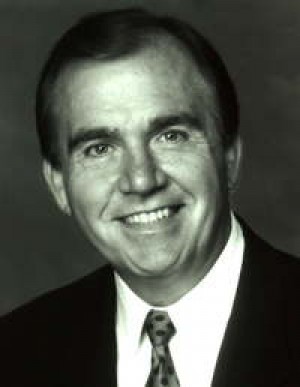John E. (Edward) Douglas
During his twenty-five year career with the FBI’s Behavioral Science Unit, a name he later changed to The Investigative Science Unit (Douglas & Olshaker, 1995). John Douglas became the leading expert on criminal personality profiling and the pioneer of modern criminal investigative analysis....
show more
During his twenty-five year career with the FBI’s Behavioral Science Unit, a name he later changed to The Investigative Science Unit (Douglas & Olshaker, 1995). John Douglas became the leading expert on criminal personality profiling and the pioneer of modern criminal investigative analysis. Through his research with serial criminal’s, Douglas learned how criminals think and what makes them do the things that they do, and why. Douglas can determine many personal traits and habits of an offender just by examining the crime scene; it’s evidence and victimology (Douglas & Olshaker, 1995).
Interviews
John Douglas has conducted hundreds of interviews with some of the world’s most notorious serial offenders, which include:
- Charles Manson, and three members of the Manson clan.
- Sirhan Sirhan, the assassin of Robert F. Kennedy.
- John Wayne Gacy, the serial killer that killed 33 people.
- David Berkowitz, the “Son of Sam”.
- James Earl Ray, assassin of Reverend Dr. Martin Luther King Jr.
- Ted Bundy
- Unsuccessful assassins of Gerald Ford and George Wallace (Douglas & Olshaker, 1995).
Captured
In addition, Douglas’s profiles aided in numerous arrests of serial offenders, some of which include:
- Wayne Williams, the .22 caliber killer.
- Carlton Gary, the stalking strangler.
- Robert Hanson, the Anchorage Alaska baker who would kidnap, hunt, then kill local prostitutes.
These are just a few of the cases that John Douglas aided in throughout his twenty-five year career as a profiler with the Behavioral Science Unit, which he later renamed the Investigative Science Unit (Douglas & Olshaker, 1995).
Contributions to Psychology
Douglas and his colleagues outlined in an article that explained the goals of a serial offender in the September 1980 issue of the FBI Law Enforcement Bulletin. They are as follows:
- What leads a person to become a sexual offender and what are the early warning signals?
- What serves to encourage or to inhibit the commission of his offense?
- What types of responses or coping strategies, by an intended victim are successful with what type of sexual offender in avoiding victimization, and
- What are the implications for his dangerousness, prognosis, disposition and mode of treatment (Douglas & Olshaker, 1995)?
show less

